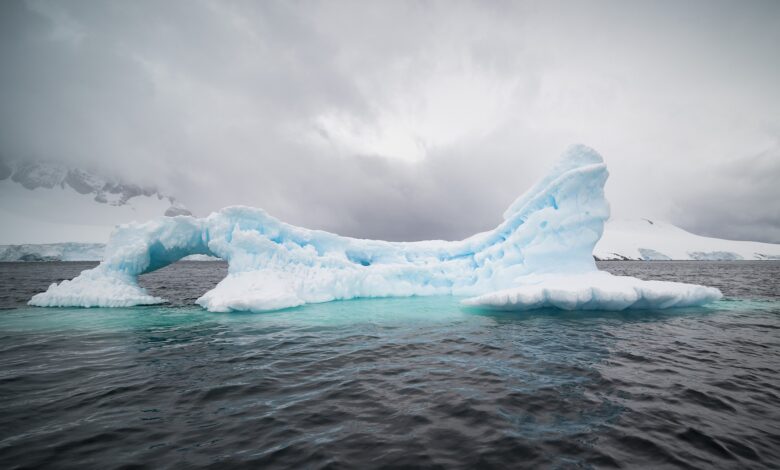Bad news for Antarctica

It is a sad news for Antarctica: the melting of the ice pack in February, during the southern summer period, has reached a record level. This information has been confirmed by the European Climate Observatory, as well as by similar American data. These measurements suggest that the melting has intensified over the past decade.
Sea ice, which melts in summer and rebuilds in winter, has reached its lowest level in 45 years, according to Samantha Burgess, deputy head of the European Union’s Copernicus Climate Change Observatory (C3S). The daily minimum of Antarctic sea ice was reached on February 16, 2023, with a total extent of 2.06 million km², C3S said. These observations were confirmed by the National Snow and Ice Data Center (NSIDC), which measured a record minimum extent of Antarctic sea ice in February.
What to think about the melting of the Antarctic?
Although the melting of the ice pack does not have an immediate impact on sea level, it does expose the ice cap to waves, which can have catastrophic consequences. The ice cap contains enough water to cause sea level rise if it were to melt. In addition, the white ice pack reflects more sunlight than the darker ocean, and its loss thus increases global warming.
According to Copernicus data, the Antarctic ice pack was “34% below average” in February. This is the 8th year in a row that the Antarctic ice pack has melted more than the average February minimum over the period 1991-2020. This disturbing observation raises concerns that a significant trend of ice pack reduction is taking place for the first time at the South Pole, whereas it was relatively stable over the previous four decades, unlike at the North Pole, where the melting is very marked. The polar ice caps are therefore a crucial indicator of the climate crisis, and it is important to closely monitor changes in them.
If you are interested in this subject, take the time to read our article on the impact of whales in the CO2 capture process.







